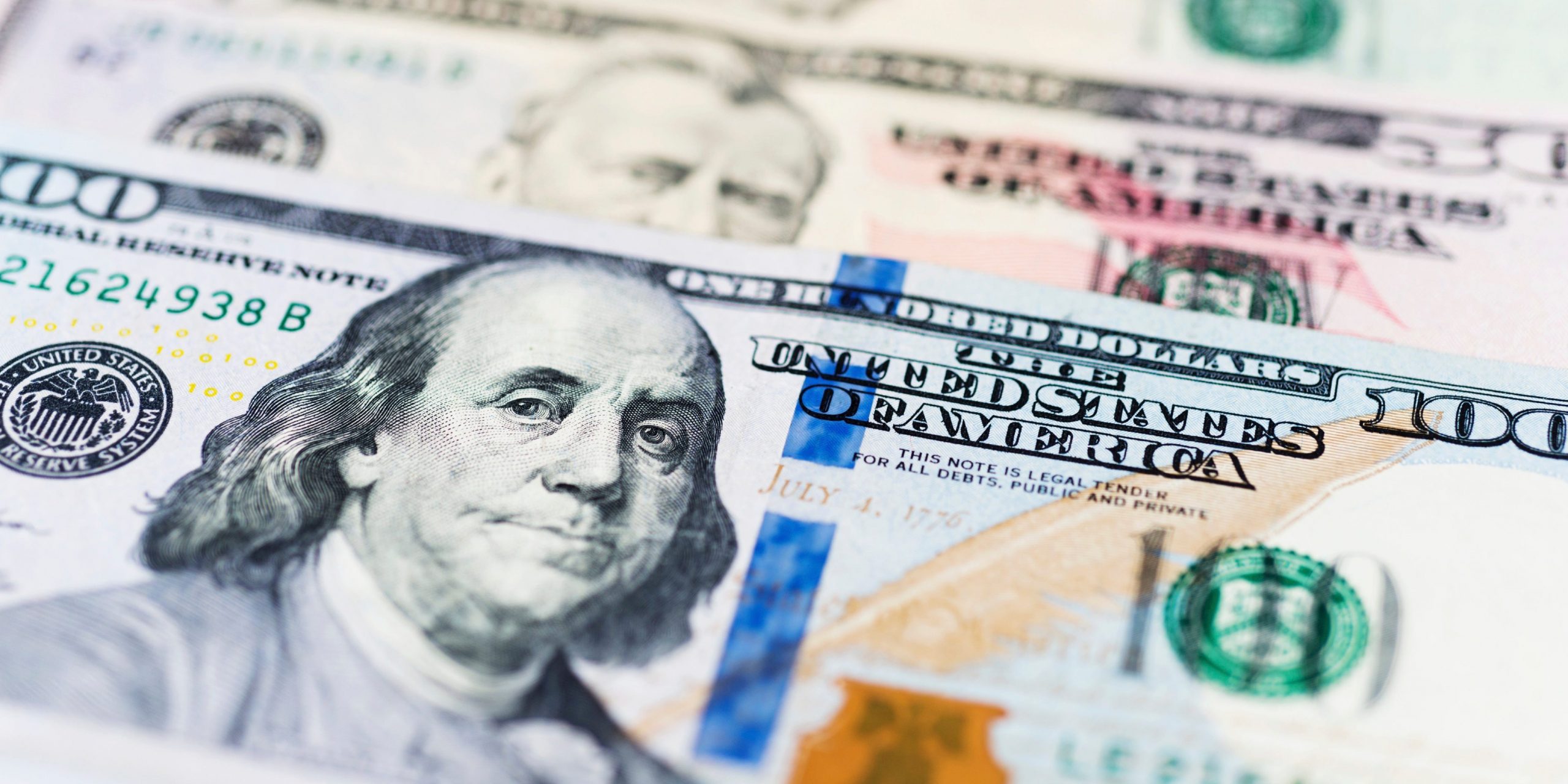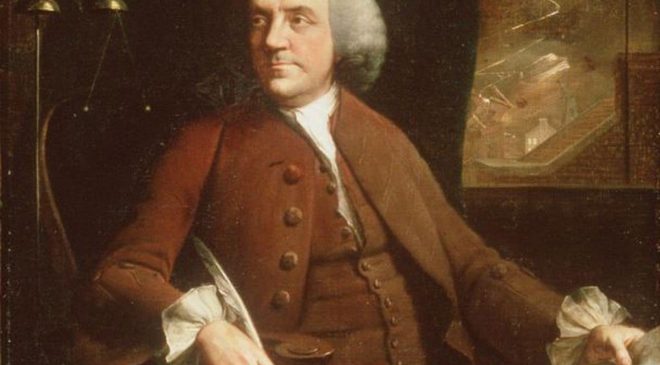The government’s attraction to borrowing is hardly a mystery. If the politicians had to extract every dollar they wanted to spend directly from the taxpayers, they might have a revolt on their hands–a bad career move for sure. Borrowing tends to make people more tolerant of bigger government than they would have been otherwise. After all, much of it looks free. They might scrutinize spending programs more closely if they paid the full price out of pocket. Thus forbidding borrowing and related central-bank inflation would put a lid on spending. That’s why that program won’t fly.
As Jean-Baptiste Colbert, the finance minister under Louis XIV, notoriously put it, “The art of taxation consists in so plucking the goose as to obtain the largest possible amount of feathers with the smallest possible amount of hissing.” You can see the advantage to politicians if they can cut way down on the hissing by borrowing what they’d otherwise have to obtain by plucking. This is what the admired art of governing comes down to.
Of course the government’s ability to borrow depends crucially on its power to tax. Avoiding present taxes implies offsetting future taxes when interest or principal is due. (More borrowing can finance those payments, but eventually…) Who would lend to a “government” that could not tax its subjects? (No true government lacks the power to tax.) Let’s face it: the state without taxation does not have a promising business plan to present to investors. But the “legitimate” power to steal changes everything; it makes for comparatively safe investments for bond buyers, one that unfairly competes with private alternatives. (Legitimate in this case means “in the eyes of most people”; it’s a subjective, not an objective, feature.)
To get the data out of the way: a quick survey reveals a national debt approaching $29 trillion against a GDP of over $22.5 trillion. The government borrows to cover its annual budget shortfall, which in FY2021 came to $2.8 trillion (pretty much like the year before). The government had been expected to spend $6.8 trillion in that fiscal year. The debt of course carries interest payments, which in FY2021 came to $562 billion. That’s a fairly large budget item, though it lags behind Medicare/Medicaid, Social Security, and the global empire.
Some people believe that what the government finances by debt is actually free. But how could that be? “We owe it to ourselves,” is one answer to that question. That leaves out foreign debt holders, but that’s just the beginning of the problem with that glib slogan. How can anything really be free?
In fact government borrowing creates both present and future burdens. In the present, as the George Mason University economist Donald Boudreaux points out, by borrowing money for its pet projects, the politicians channel scarce resources away from where consumers would have signaled producers to direct them. Some people clearly like those pet projects, but many or most would not willingly pay for them either because they deem them too expensive or objectionable at any cost. (The empire is a good example.)
In the unmolested marketplace, producers earn profits by satisfying consumers better than their competitors do. That is accomplished by looking for (scarce) resources that are being used less effectively in that regard than they might be. Through their buying and abstaining, consumers let the producers know if they’ve made good decisions. Profits signal success, and losses signal failure.
The government, as everyone surely knows, works on an entirely different principle; taxpayers aren’t allowed to say no, and so as consumers they are worse off. Political accountability, such as it is, pales in comparison to market accountability.
The politicians may tell themselves that they serve everyone, but what they really do is serve themselves and their careers by distributing booty to select constituencies so they will keep those benefactors in power. The beneficiaries will be thrilled with the deal, but what about everyone else? That’s the present burden.
In the future another burden falls–this time on the taxpayers who have their money taken to pay principal and interest on the debt. Funny how the advocates of government debt conveniently forget a favorite slogan they trot out in many other contexts: “Think of the children.” Spending money today by creating fiscal obligations for kids too young to vote and even the unborn hardly sounds like compassion for the children. And because the government consumes rather than truly invests, future generations will be poorer than they would have been had the government left the resources to market-based decision-making. That’s cruel. (We can only hope that those future generations will repudiate the debt and resist the taxes bequeathed to them.)
So government debt activates two intra-generational transfers: one now and another later. In addition, the government’s debt-financed activities today make future generations poorer than they would have been.
We don’t owe the borrowed money to ourselves. That’s corporate, collectivist claptrap. People are individuals with property and subjective values. If A is forced to give a dollar to B, we can’t seriously believe that the A/B’s collective situation is uncharged.




